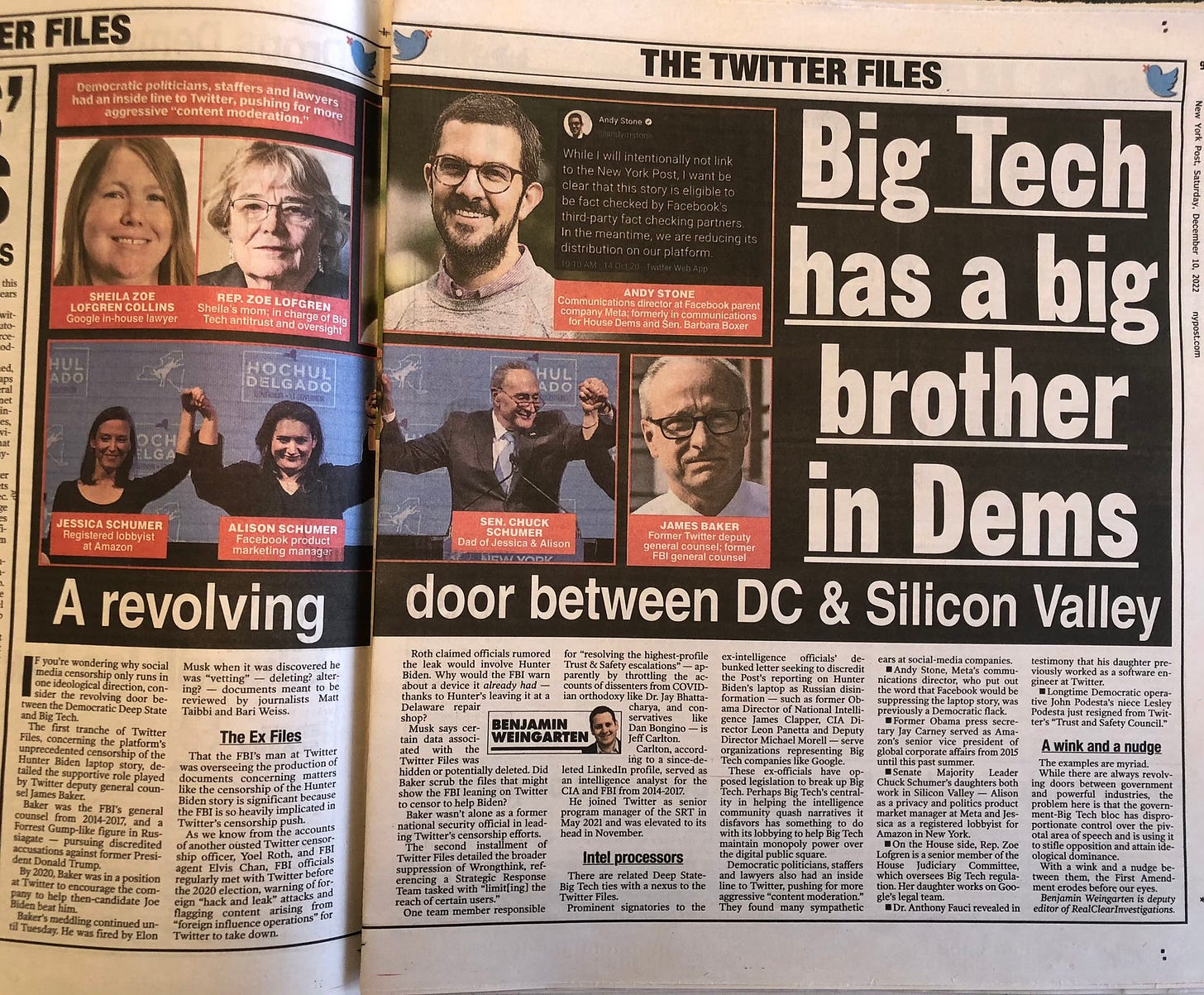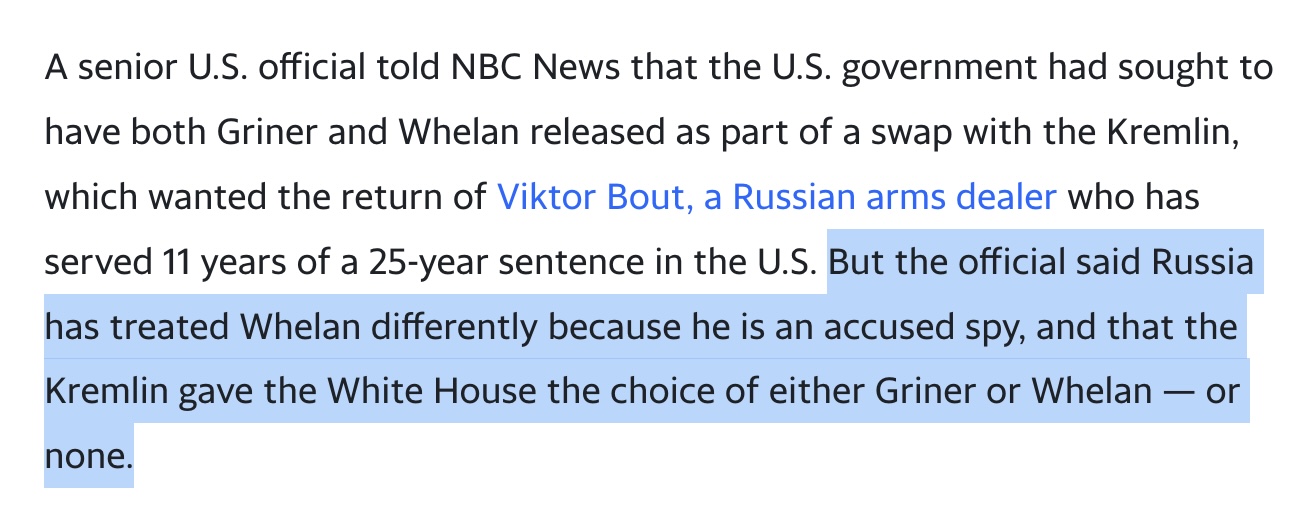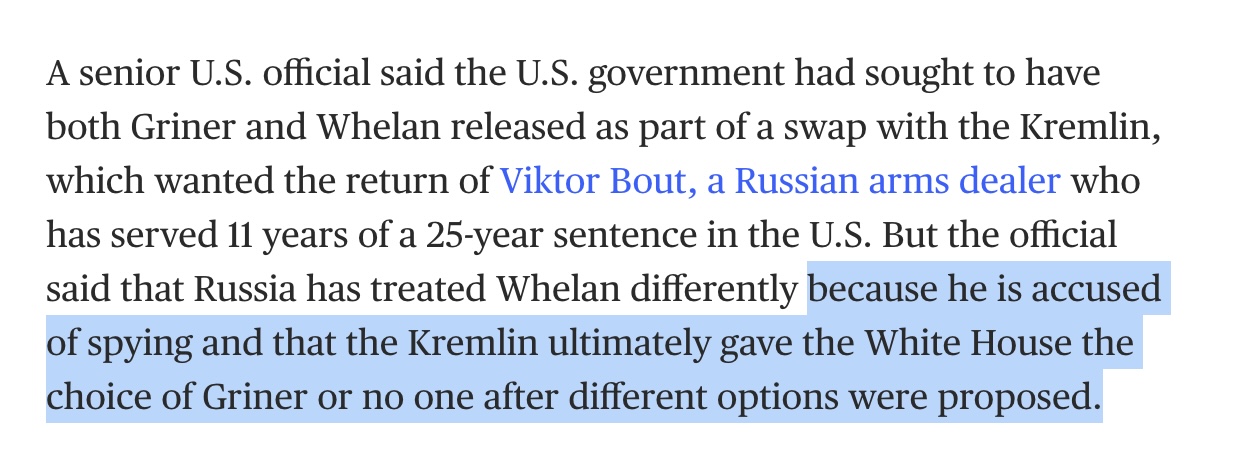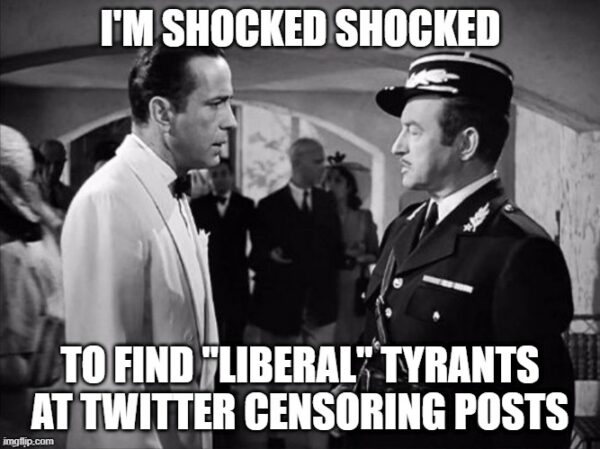The Louisville Shooter’s Inconvenient Social Media Being Conveniently Scrubbed
“Another Democrat killer,” Sebastian Gorka tweeted Monday as some of the Louisville shooter’s social media accounts came under scrutiny.
With credit to someone named Andy S., Gorka reposted the killer’s “anti-Trump and pro-lockdown posts on a Reddit under an account with the same name at his already nuked Twitter account.”

The killer locked down his Twitter account “a bit back,” according to another user who claims “he RT’d and followed other stuff that’s more antifa/far left such as Vaush & antifa doxxing blog left coast right watch.” The amateur sleuth summed up the killer’s Twitter feed as “AOC fan, anti-trump, NRA hater, etc.”
The correct Twitter account seems to be “sturg__” and not the “csturg41” handle he used on Reddit and Instagram.
There’s nothing on the killer’s Reddit more recent than four months ago, but at least some of the lefty stuff he posted can still be seen here and here. Mostly, his Reddit is filled with sports, videogames, complaints about women, and parental issues.
But what was he posting to his more public accounts? We might never know.
UPDATE: Sure enough, Reddit scrubbed the csturg41 account just as I was wrapping up this column. Soon he’ll be as invisible as the Nashville trans shooter’s manifesto.
ASIDE: As a matter of personal policy, I don’t mention the names of mass shooters. Whatever fame/ignominy they seek in this life or the next, they won’t get any help from me. Remember their victims instead, please.
“Most of [the killer’s] accounts have been wiped,” according to Twitter user Darth Crypto. “I found songs he liked on SoundCloud, High School basketball pictures, family members, a Pokemon obsession, but nothing else.”
That matches what little I’ve been able to dig up. He also seems to have been active on a site called loveforquotes.com, but it’s been doing nothing but returning server errors when I try to dig into the “csturg41” links.
The killer also had an Instagram account, which has also been nuked. Nevertheless, at least one screencap survives, including threats made Monday morning right before the massacre.
Intel Point Alert posted that he “reportedly texted friend before shooting saying he was feeling suicidal and ‘would shoot up the bank’.”
Connor sturgeon the #louisville shooter posted this on IG this morning pic.twitter.com/OaKuBS3w7I
— mr. cold cut combo (@K2SpiceNetwork) April 10, 2023
The 25-year-old killer’s LinkedIn profile is still active and shows the obligatory “he/him” preferred pronouns. (No link because it displays his name.)
This is a developing story and I’ll post more as I’m able to find it — assuming there’s anything left to find.





